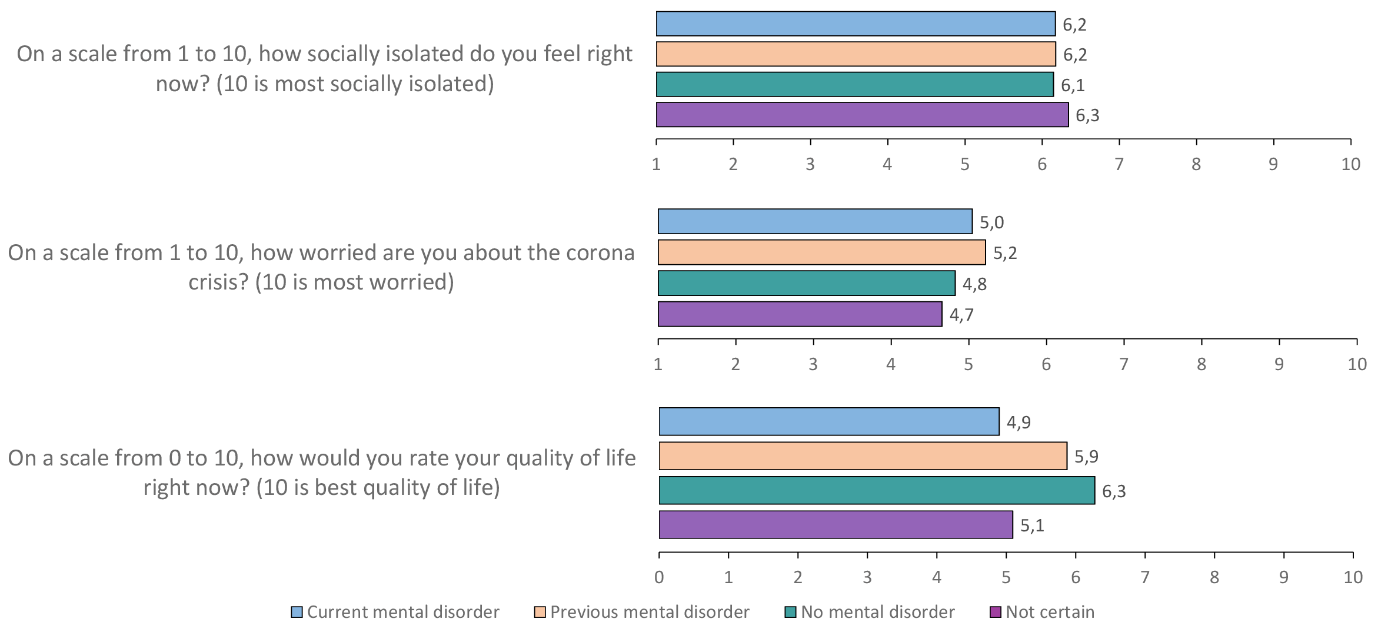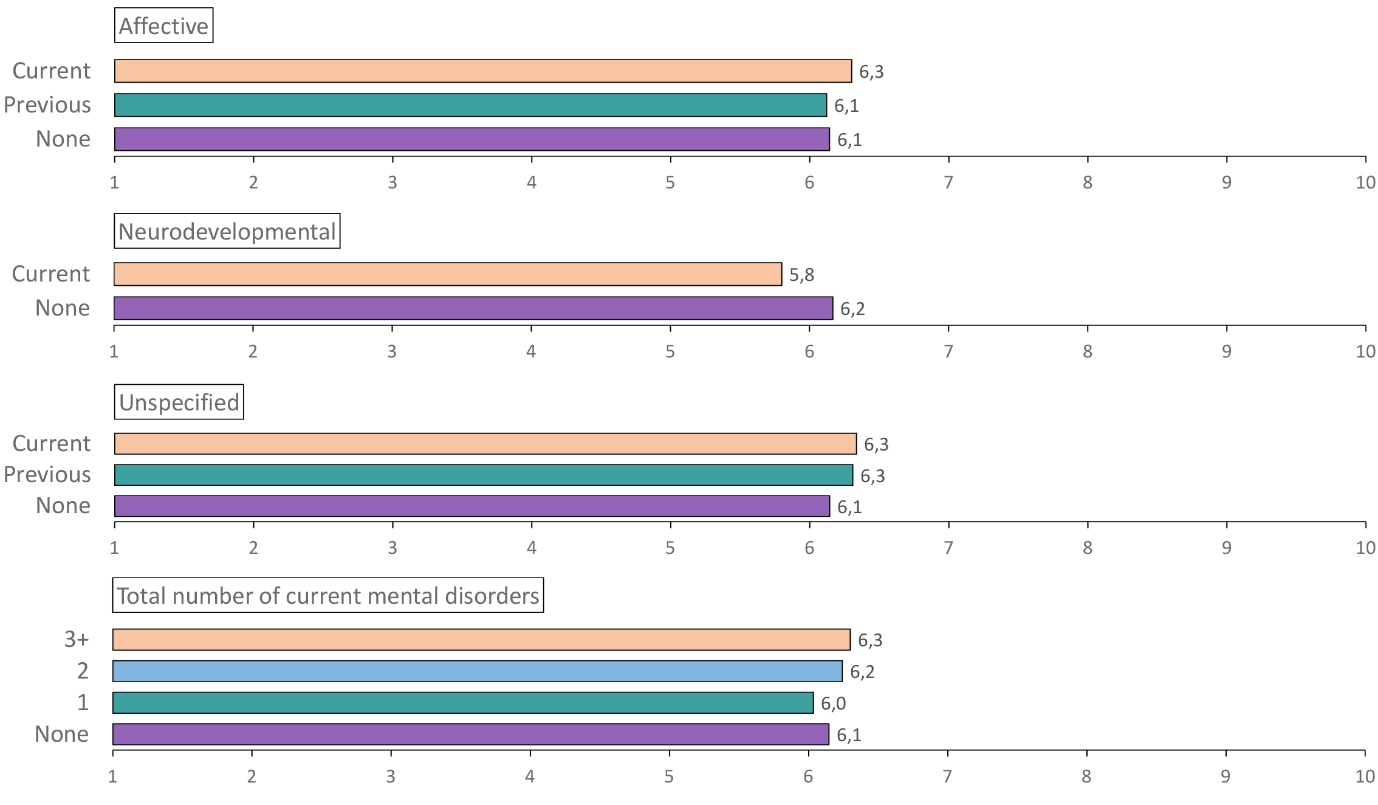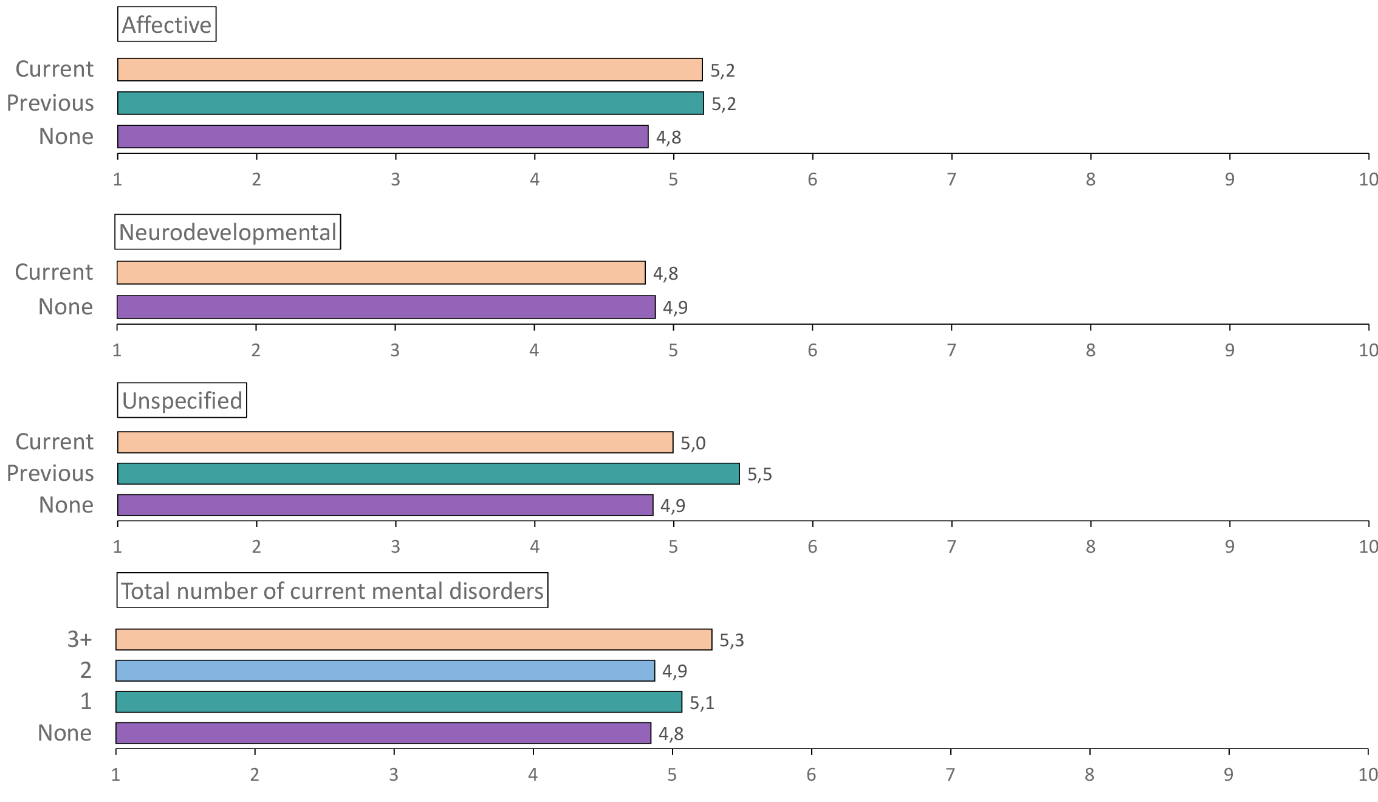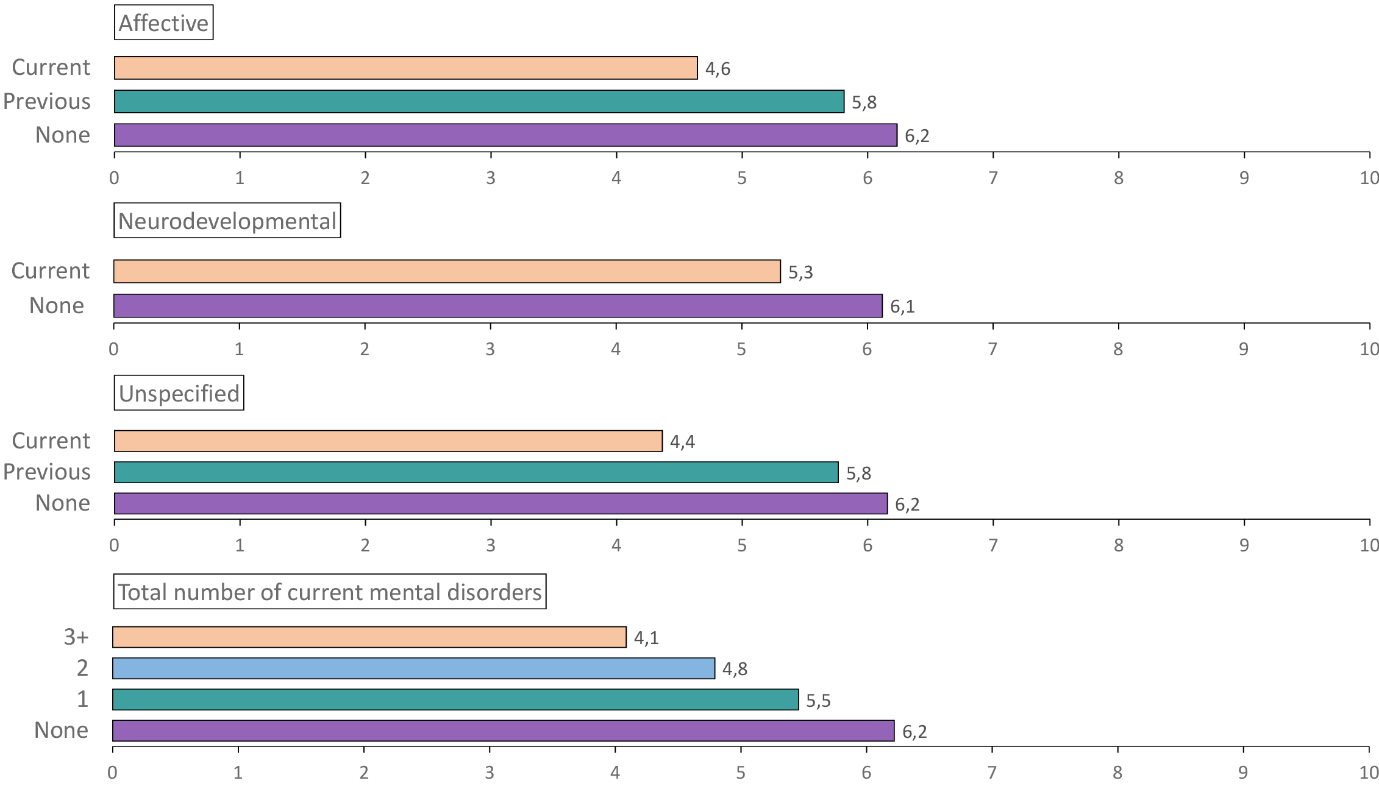Feelings of social isolation, worry, quality of life, and loneliness amongst young people with and without mental disorders
As a part of the collaboration between the Danish National Birth Cohort (DNBC) and the research project 'Standing together - at a distance', young participants between the ages of 16 and 24 were invited to complete questionnaires throughout the COVID-19 lockdown. Approximately 13,000 responded in the first wave between 30 March and 8 April 2020.
The impact of the lockdown on young people’s mental health has been of concern, especially in terms of whether young people with mental disorders have suffered more severe effects. Here, we describe the experiences of young people with and without mental disorders during the third week of the lockdown with regards to their levels of social isolation, worry, quality of life, and loneliness.
Participants were asked to respond to a question about each of the following: social isolation, worries, and quality of life. They were also asked three questions from the UCLA loneliness scale, which were used to calculate a score related to feelings of loneliness.
The participants were also asked whether a physician or another health professional had ever told them that they suffered from a mental disorder. The response options were: ‘Yes, currently’, ‘Yes, previously’, ‘No, never’, and ‘Do not know’. If participants responded to one of the ‘Yes’ options, they were asked to specify the type of disorder. In the initial analyses, the ‘Do not know’ responses (n=227) were treated as a separate group of people who were uncertain about their mental state. Averages for social isolation, worry, quality of life, and loneliness were calculated for each of these categories; see Figures 1 and 2.
Figure 1. Average levels of social isolation, worry, and quality of life amongst young people by mental-disorder status
Figure 2. Average loneliness on the UCLA loneliness scale by mental-disorder status amongst young people on a scale from 0 to 6 (with 6 being loneliest)
Young people who currently have or have had mental disorders in the past had a lower quality of life and were lonelier than people without a disorder. Young people who were uncertain about their mental health scored similarly on these two scales to young people who currently have a disorder. Feelings of social isolation and worries were more similar than expected between the groups; thus, we analysed whether the type and number of disorders mattered. The diagnoses were grouped into three broad categories: affective (i.e., anxiety disorders, depression, bipolar disorders, eating disorders, and obsessive-compulsive disorders, OCD), neurodevelopmental (i.e., autism-spectrum disorders, attention-deficit hyperactivity disorder, ADHD, and schizophrenia), and unspecified (i.e., stress, personality disorders, substance abuse, and other disorders). For affective and unspecified disorders, weighted averages were calculated for those young people with current, previous, and no disorders. For neurodevelopmental disorders, we made the assumption that the few individuals who reported previous disorders in this category (n=27) still have the disorder.
Young people’s feelings of social isolation did not seem to depend very strongly on their mental health, except for those with neurodevelopmental disorders (such as autism or ADHD), who experienced lower levels of isolation than their peers. In addition, young people with multiple mental disorders scored a bit higher on social isolation; see Figure 3.
Figure 3. Average levels of social isolation amongst young people with an affective, neurodevelopmental, or unspecified mental disorder - and by number of mental disorders - on a scale from 1 to 10 (with 10 being most socially isolated)
The levels of worry were higher amongst young people who currently have or have previously had an affective disorder or a previous unspecified mental disorder. The largest differences were between those with a previous unspecified mental disorder and those who currently have or have no disorder. Worries did not seem to consistently vary according to the number of current mental disorders; see Figure 4.
Figure 4. Average levels of worry amongst young people with an affective, neurodevelopmental, or unspecified mental disorder - and by number of mental disorders - on a scale from 1 to 10 (with 10 being most worried)
For all of the groups with mental disorders, the quality of life was lowest in people currently affected and dropped by number of mental disorders; see Figure 5.
Figure 5. Average levels of quality of life amongst young people with an affective, neurodevelopmental, or unspecified mental disorder - and by number of mental disorders - on a scale from 0 to 10 (with 10 being 'best possible quality of life')
For loneliness, young people who reported currently suffering from a mental disorder were lonelier than people with a previous mental disorder, and young people without a disorder were the least lonely; this was the case for all types of mental disorders. Furthermore, the level of loneliness increased by the number of mental disorders; see Figure 6.
Figure 6. Average levels of loneliness amongst young people with an affective, neurodevelopmental, or unspecified mental disorder - and by number of mental disorders - on a scale from 0 to 6 (with 6 being loneliest)






